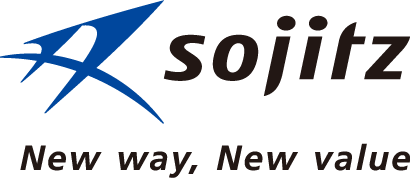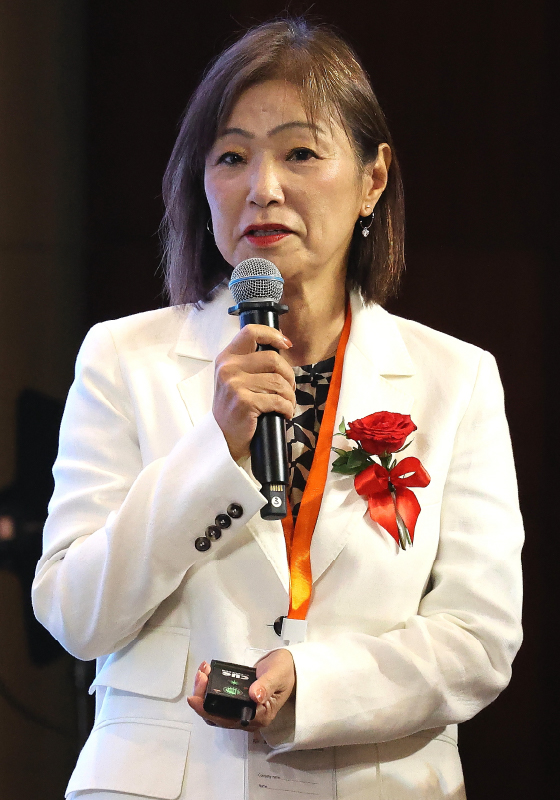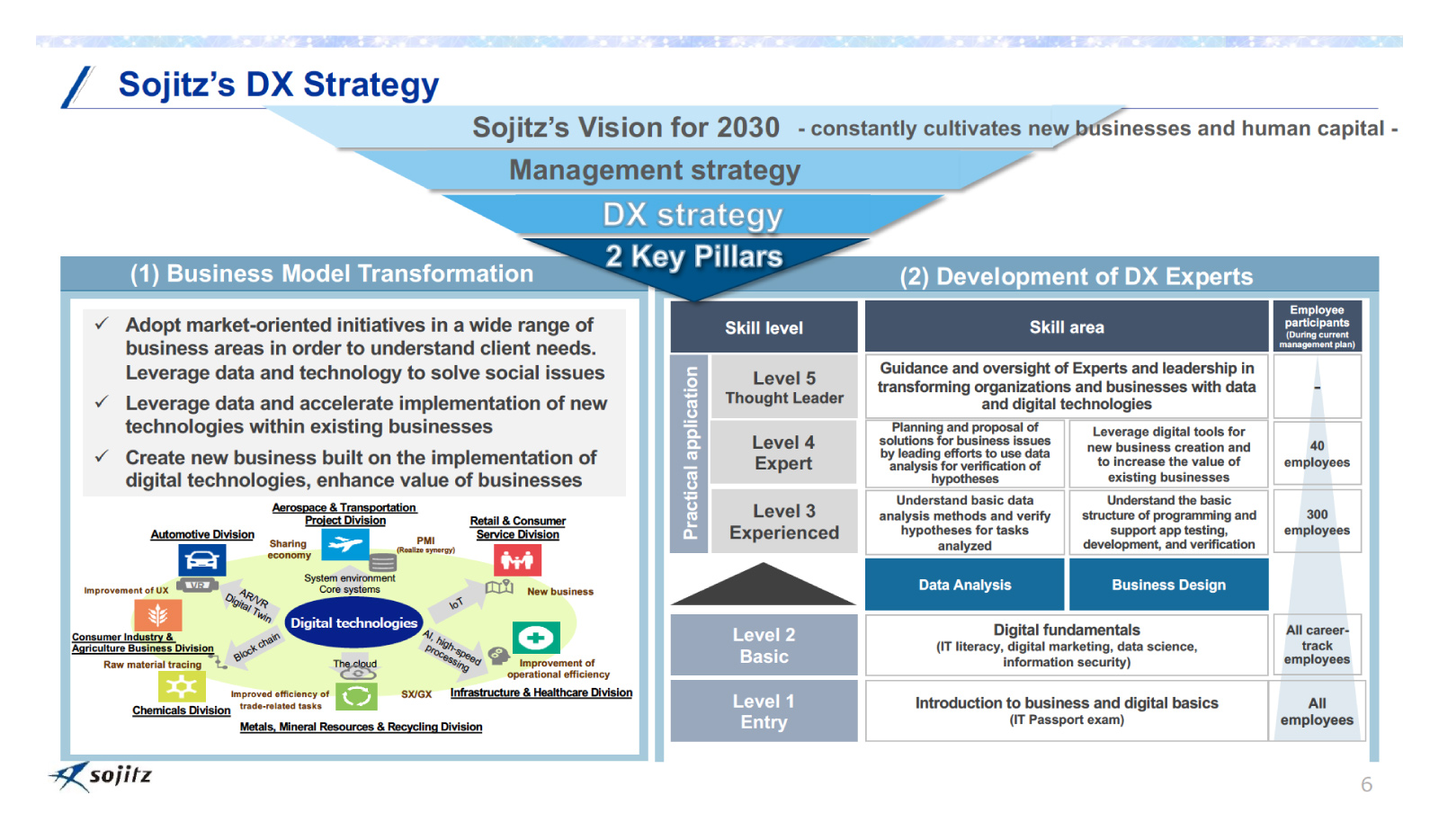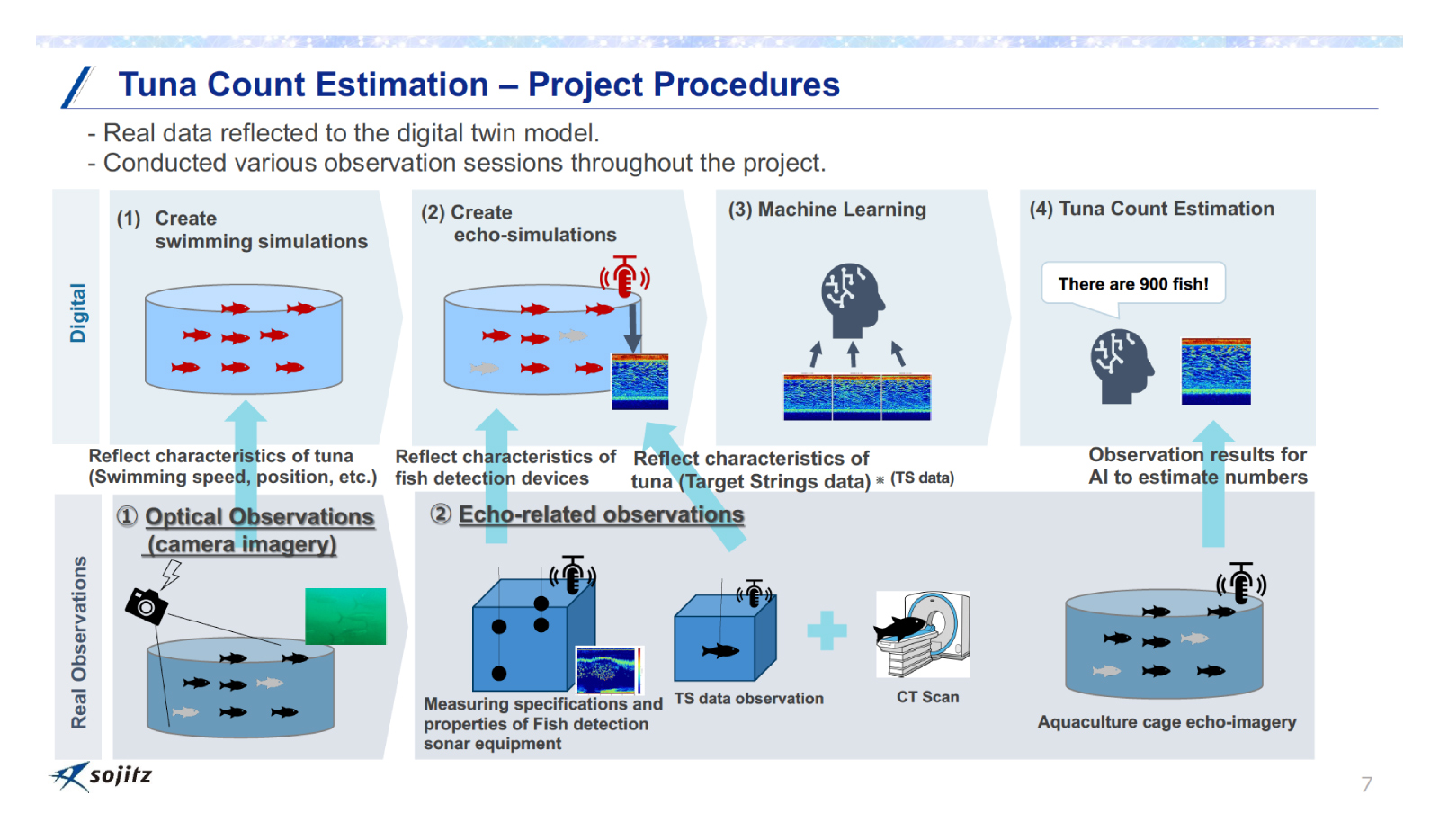

Review

Sojitz Corporation
“Collaborate with External partners appropriately
and Preserve Your Assets”
Sojitz CDO Speaks of Company’s Unique Approach to DX

Managing Executive Officer, CDO, CIO & COO, Digital Department, Sojitz Corporation
Arakawa joined Sojitz in 2021 to become the company’s first ever Chief Digital Officer (CDO). She previously worked at IBM Japan, becoming the first CDO there too, in 2015.
Sojitz is a general trading company that was formed by the integration of Nissho Iwai Corporation and Nichimen Corporation. In 2024, the company marks the 20th anniversary of its founding. On a consolidated basis, the company has 93 offices and around 20,000 employees all around the world.
The company has had a close connection with Vietnam since 1986, when (Sojitz forerunner) Nissho Iwai Corporation became the first company associated with the Western Bloc permitted by the Vietnamese government to set up a representative office in the country. The company has maintained good relations with Vietnam ever since, even becoming the first Japanese company to receive the government’s Friendship Award in 2006. Sojitz is currently engaged in utilizing technology to build value chains in Vietnam, with a focus on retail and distribution.
Systematizing the skills required for digital experts in trading companies
There are two pillars to Sojitz’s current digital strategy: “Business Model Transformation” and “Development of DX Experts”
Sojitz has more than 400 operating companies worldwide doing business under seven divisions, including the Automotive Division and the Aerospace & Transportation Project Division. Since the company is engaged in such a wide range of different business activities, its business model reforms are aimed at making optimal use of digital technology in accordance with the characteristics of each division.
Arakawa explained that while the entire company is focusing on digital transformation (DX), it is difficult for the Digital Department to look after all DX tasks. There are simply too many initiatives involved.
The company is therefore training its employees to equip them with the leadership skills to guide digital transformation needed by each business. Arakawa reflected: “When I joined the company in 2021, we did not have enough people with digital technology skills. We looked all over the world, but we could not find anything that systematically outlined the essential skills that were needed to train digital technology professionals.”
Arakawa therefore exchanged information with some former IBM Japan colleagues who had become CDOs at various companies, to formulate a systematic set of essential skills for DX leaders.
Sojitz has defined five skill levels for its DX-Expert training programs. Level 1 (Entry) represents the digital skills that all employees should acquire. Sojitz has requested that all employees pass the Information Technology Passport Examination by the end of March 2024. Since 92% have already passed the exam, the company expects to meet this goal.
Level 2 (Basic) is for career track positions. It requires the completion of 22 e-learning courses on digital technology.
Levels 3 to 5 are defined as “Practical Application,” with skills divided into two categories, “Business Design” and “Data Analysis.” Level 3 is titled “Experienced,” Level 4 “Expert,” and Level 5 “Thought Leader.” Arakawa explained: “I looked at many different human resource training programs around the world, but none were suited to a general trading company. So, with the support of our partners, we created our own program.”
Sojitz has set itself the goal of training 300 “Practical Application” personnel (Levels 3 to 5) by the end of March 2024. Currently, about 240 employees have been trained to these levels.

Building our own system for estimating farmed tuna counts
A concrete example of the digital transformation (DX) that Sojitz Corporation is pursuing is the bluefin tuna farming business of Sojitz Tuna Farm Takashima Co., Ltd., a wholly owned subsidiary of the company.

“When I joined Sojitz, I was very impressed to learn that the company was directly engaged in the business of tuna farming,” said Arakawa. “Tuna is in high demand all over the world, so I thought that digital technology could have a big impact on this particular business. So, we decided to apply DX to tuna farming.”
One of the challenges of bluefin tuna farming is the difficulty of counting the number of fish in aquaculture cages. Attempts have been made in the past to count the fish using a combination of optical cameras and AI, or by using sensors, but these ultimately proved impractical for various reasons. For example, fish shadows did not project to the bottom due to the excessive depth of the aquaculture cages (approx. 30 m) and the fish swam too fast to be captured reliably with optical sensors.
Thus, a new four-step procedure was introduced to try and count the number of fish. The first step was to simulate the swimming of tuna. Images of the aquaculture cage were taken to collect data on how the tuna swam. This data was then used to create an aquaculture cage in digital space and inside this digital space, the swimming of a school of “digital tuna” was simulated.
The second step was the simulation of a fish detector that emits ultrasonic waves. Since fish detectors work based on sound, they are not subject to the problems of optical systems such as the inability to see fish if the seafloor is too deep or too dark.
The fish detector was reproduced in a digital space and the bodies of tunas were digitally reproduced to simulate the bouncing of sound. “The swim bladder of each type of fish is a different shape and size, so the characteristics of reflected sound vary accordingly,” explained Arakawa. “Therefore, we performed CT scans on tuna to generate data about their swim bladders.”
After these two steps, it was possible to reproduce the image data from the fish detector for various states of swimming fish; for 800 swimming tuna, for example. Arakawa went on: “We found that the AI was unable to recognize real fish images because the images from the fish detector in digital space were too clear. So, we then tried to make the digital images look like the real images by suitably blurring them.”
In step 3, a large volume of image data was created for training the AI using the fish detector in digital space.
In the fourth and final step, the real fish detector data was fed to the AI which had been trained with the data created by the fish detector in digital space. The AI was successfully able to estimate the number of tuna in the aquaculture cage.

Arakawa recalled: “It was a tough project. It took a year from when we started off to reach to this point, because we were working back and force between the digital and physical spaces.”
Arakawa said that since the biggest cost in tuna farming is the feeding cost, she is considering the idea of using the technology to run a simulation to determine whether it is more profitable to ship fish sooner, or to spend more money letting fish grow larger before shipping.
This project, which internal employees were involved in at every stage, was about more than just developing an excellent system. “The goal was also to make people realize that if they go on relying on partners for digital and IT technology without the skills to make use of outside services effectively, the company will end up being drained of all its value,” commented Arakawa.
By taking the lead in this landmark project of applying digital technology to tuna farming, Sojitz wanted employees and management to understand the purpose and value of digital transformation, as well as how to preserve its core assets.
Sojitz intends to widely deploy the digital transformation know-how it has accumulated through this project by applying digital twin modeling to the livestock industry in Vietnam and to the monitoring of crop growth in other parts of Asia.




